(QNO) - When the fragrant scents of medicinal herbs, jackfruit, bananas, pineapples… from the upstream flow down to Hoi An market. When the ash cake stalls are displayed at the market, carried by shoulder poles into the nooks and crannies of the ancient streets. People know that the Duan Ngo Festival is coming.
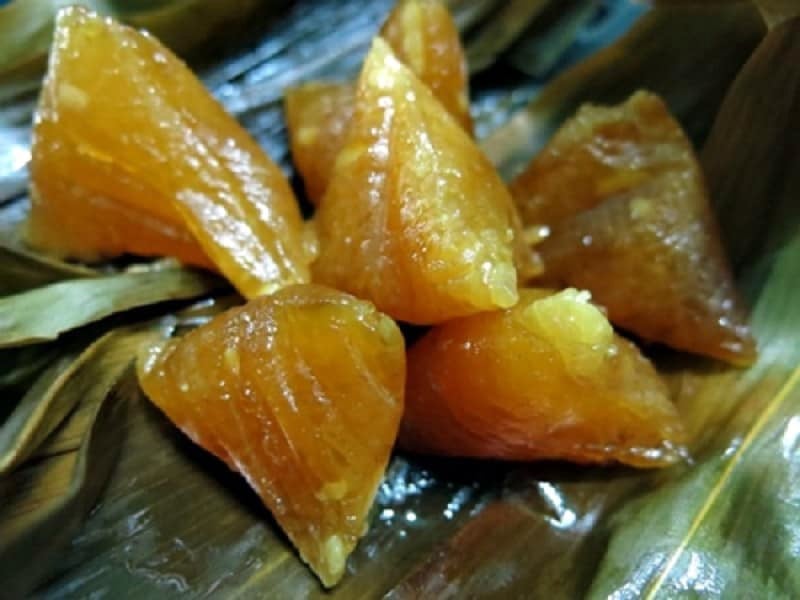
To me, the Duanwu Festival and the taste of ash cake contain many very special things.
I learned about the ash cake when I was very young. Before liberation, in the Ngoc Thanh area (now Cam Pho ward) and An Hoi (Minh An ward), there were two famous ash cake bakeries, Ba Thanh and Ba An. These two ladies were my sisters-in-law and my aunts. Thanks to that, I was able to follow my mother and sisters to these places to watch them wrap the cakes. Even though I was so young, the ladies would give me some of the cakes. Whenever my sisters could wrap ten of them, I would gather them and tie them into a bunch, which was called a dozen cakes. Every few days, I would get paid a few dozen dong for tying the cakes, enough to play marbles and eat ice cream. Thanks to helping these two famous bakeries, my mother and sister were taught some of the secrets of the trade by the ladies.
Returning to Cam Kim hometown after 1975, every time the 5th of May (lunar calendar) approaches, my family is busy making ash cakes. A month before, the whole family has to take care of the preparations. From ordering sticky rice from Saigon, ordering ke leaves (leaves of the broom-making plant), sedge, lime, and especially ash.
The above mentioned things can be bought with money, but the ash to filter the water used to soak the sticky rice must be made by yourself. The experience of making good or bad cakes comes from this ash water. The ash must be burned from thorny and oily plants such as sesame, amaranth, sensitive plant (mimosa)... and another part is bought from the kitchen ash of the people in Cu Lao Cham, because this ash is cooked from firewood and forest leaves... The ash is mixed with lime made from mussels, these two compounds are mixed together and put into a filter tank, adding water to filter out a type of water that has the color of fish sauce. This mixture is soaked with sticky rice overnight and then wrapped. The technique and ratio of ash and lime do not have standard parameters but must come from experience and must be cooked to test the concentration of the cake. If it is too strong, the cake will be bitter, if it is too weak, the sticky rice will not be clear but will have white powder. This cooking helps the baker adjust the flavor and color of the cake from the ash water.
To have the leaves to wrap the cake, people have to go all the way to the Hai Van and Dong Giang mountains to cut them, dry them, and sell them to the cake makers. The cake makers boil these leaves until they are straight and soft, then arrange them in two or three layers to wrap a cake. To have a delicious ash cake is a laborious process from the preparation stage to the soaking of sticky rice and the wrapping of the cake. Because the sticky rice is soaked in a mixture of lime water and ash, many people do not like it, and after the season of wrapping the cake, their hands peel and swell. The cake makers have to stay up all night to watch the fire, scoop the cakes... Although it is difficult and tiring, every time the cake is produced as expected, both the owner and the workers are very excited. Later, when they were no longer healthy, my mother and sisters no longer followed this profession that only happened once a year. But fortunately, the profession of making ash cakes in my hometown did not disappear.
If we count the total number of ash cake making kilns in Hoi An, then in my hometown Cam Kim there are also more than three kilns.
I especially paid attention to the oven of the young couple Phan Trung Khanh, in Phuoc Trung village. Thanks to their diligence, hard work and learning the traditional craft from their grandmother, this young couple has been burning the fire regularly throughout many cake seasons over the years. Last year, Khanh and his wife made 600 kg of sticky rice, estimated to make about 60,000 cakes, minus the labor, the couple made a profit of about 20 to 25 million VND. Each cake season, they focus on investing and preparing for about a month, but earning such a profit is very precious, especially during the past two years of the Covid pandemic, this oven has still produced fragrant sticky rice cakes to sell to all markets in Hoi An and neighboring areas.
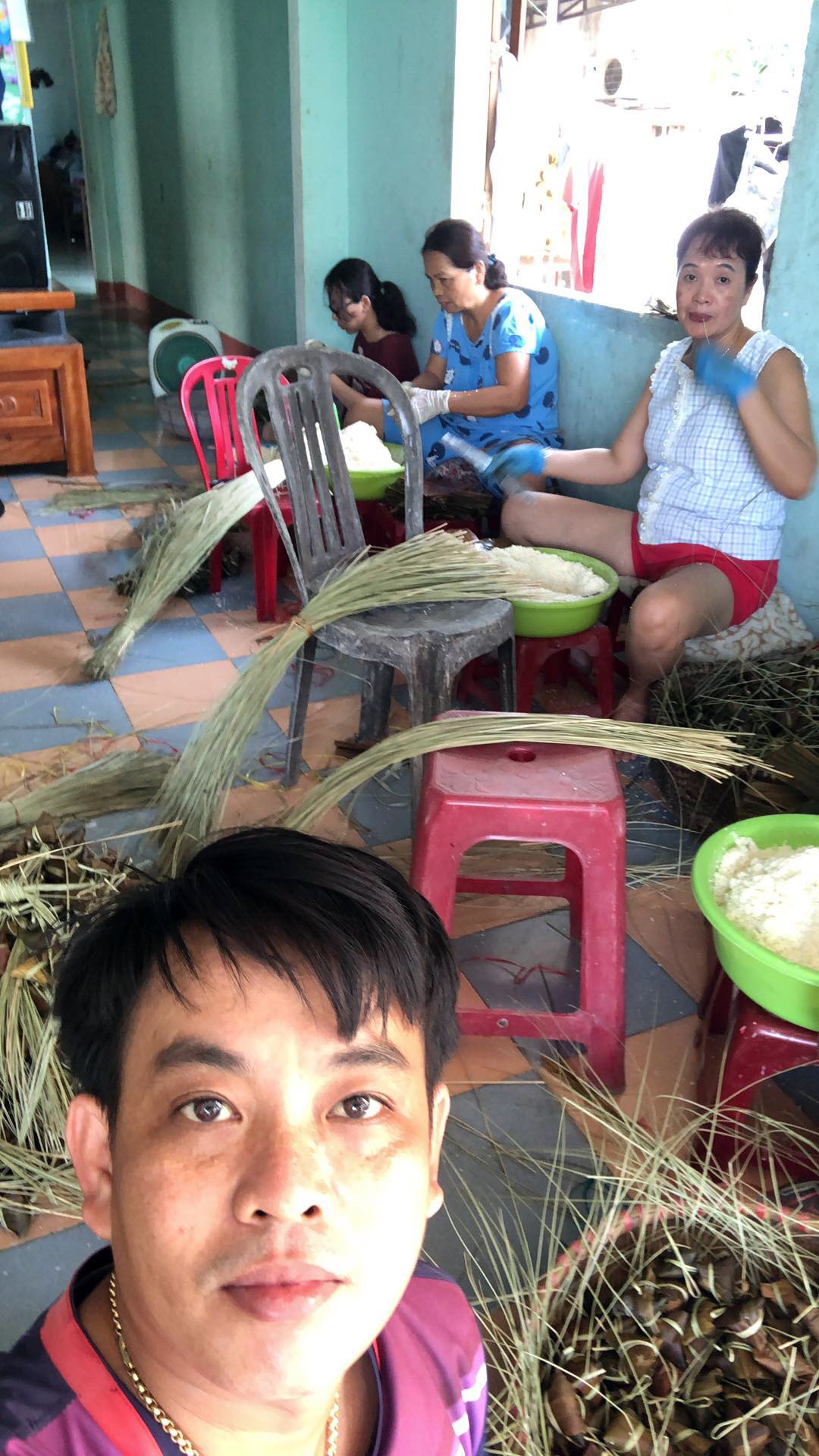
Mr. Phan Trung Khanh complained: "This year's packaging is not as good as last year's because there is no one to wrap the cakes, what can we do? Many customers who have deposited money to get the cakes have to return it." Many other bakeries have the initiative that if customers want to order cakes to resell, they have to call someone to wrap them, and the owner of the bakeries will sell as much as they can wrap to customers.
I was once a child who made banh chung and stayed up all night to help my mother cook huge vats of banh chung. It was only later that I fully understood the story of the banh ú tro and the Doan Ngo Festival. Legend has it that the Doan Ngo Festival is the death anniversary of Qu Yuan, a great minister of the Chu state during the Warring States period. He was also a famous Chinese cultural figure and physician. As a physician, he loved the sick with all his heart, and spent all day searching for herbs to save them. However, due to discouragement due to the current situation, on his way to get medicine across the Mi La River, he threw himself into the river and committed suicide. He died on the 5th of May. In memory of him, people hold an annual memorial service for him and call the 5th of May the Doan Ngo Festival.
On this day, people find herbs, wait for noon to combine them to make leaves to cook and drink, called the 5th day leaves. The custom of making cakes from the ashes of thorny plants is based on folk belief that on the anniversary of Ong's death, people release the cakes into the river so that Ong can enjoy the flavor. But fearing that fish will eat them all, people use the ashes of thorny plants so that fish cannot eat them.
Although there are many explanations for the 5th day, for people in some central provinces and localities with Chinese residents, especially in Hoi An, the 5th day of Tet has become a traditional reunion day for many families.
I still remember when I was alive, at noon on the 5th, my grandmother led her grandchildren out to the yard, holding freshly cut lemon slices in their hands. She told each of us to look up to the sky and recite two verses: “Look up to see the Jade Emperor/ All the suffering will melt away.”
Then grandma put lemon drops in each of our eyes. Grandma has gone far away, but on the 5th day of Tet, she always comes back and surely when the time comes, we will again encounter the strong aroma of the ash cakes.
Source


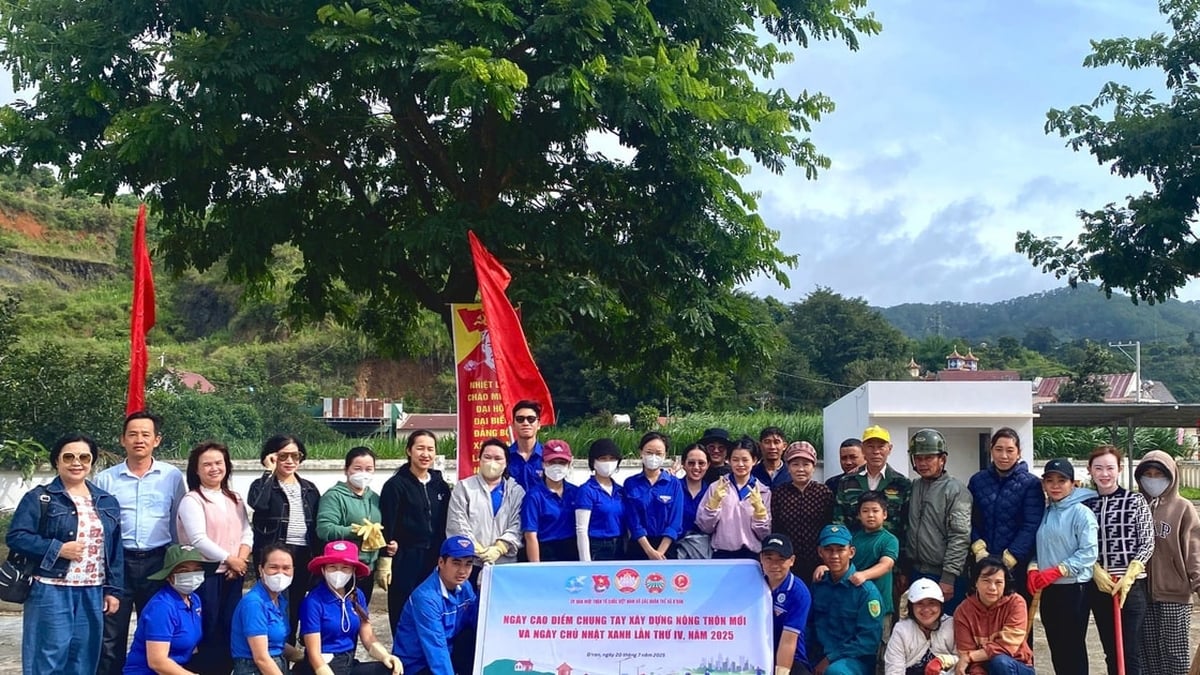


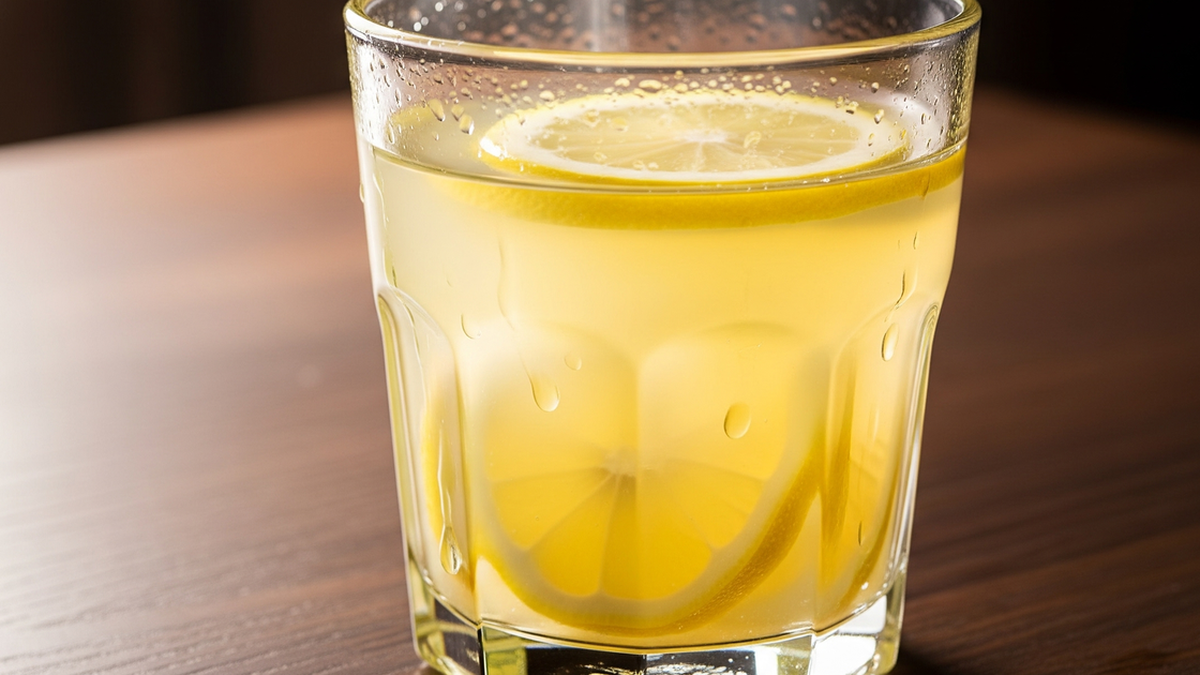





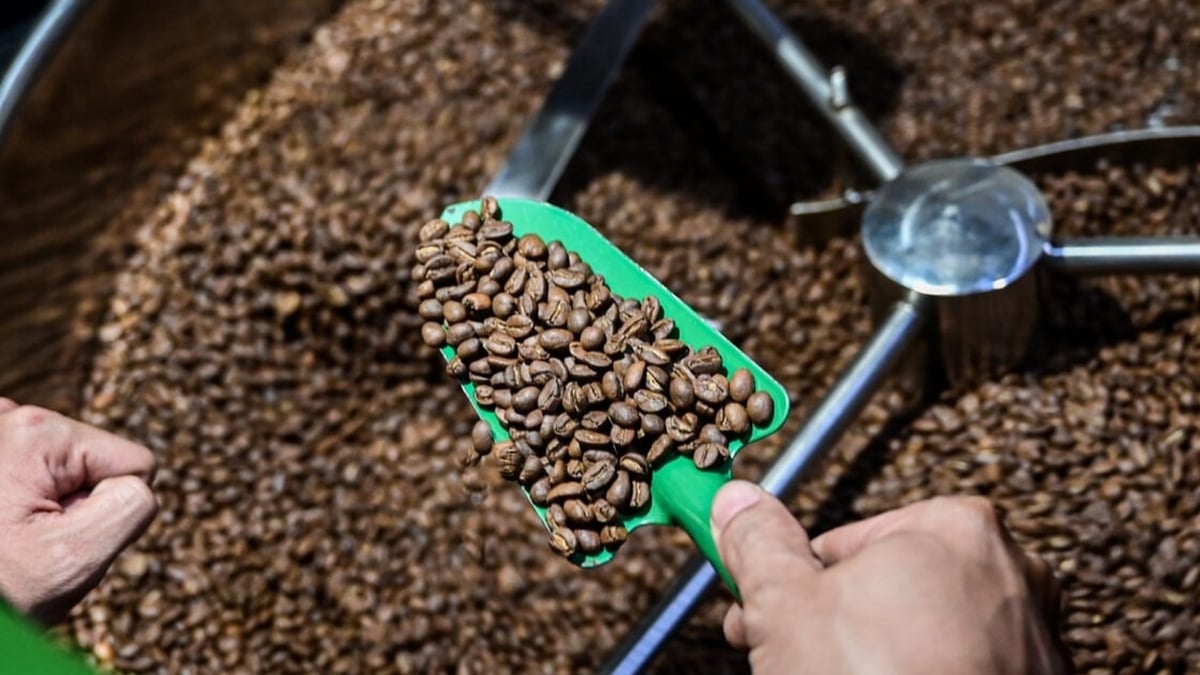












![[Photo] National Assembly Chairman Tran Thanh Man visits Vietnamese Heroic Mother Ta Thi Tran](https://vphoto.vietnam.vn/thumb/1200x675/vietnam/resource/IMAGE/2025/7/20/765c0bd057dd44ad83ab89fe0255b783)









































































Comment (0)